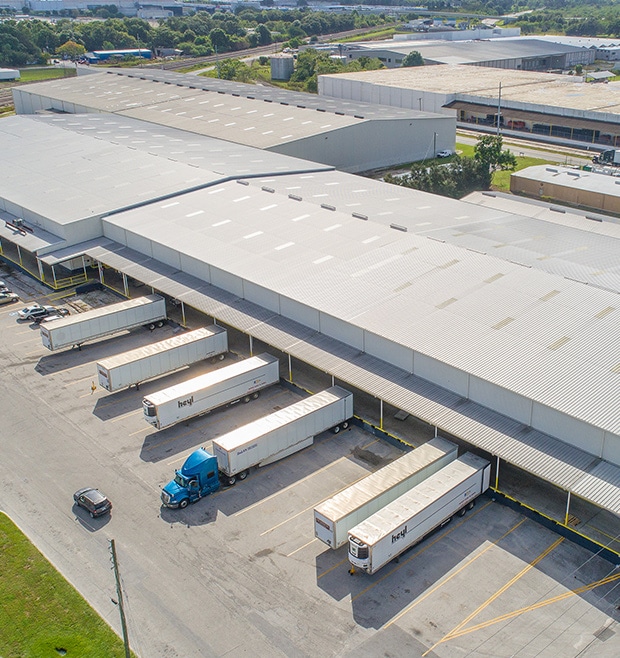Free Trade Zones were established in order to reduce costs for American companies by granting them the same treatment as foreign-producers operating outside U.S. Customs authority. Import duties and tariffs are avoided if goods that enter the zone are stored, sorted, tested, repackaged, and otherwise handled within the zone, then exported without ever entering the U.S. marketplace. Duties are only paid when the merchandise is transferred to the domestic market. there are distinct differences between general and special purpose free trade zones (FTZs). Read on to learn more.
Types of Foreign Trade Zone Warehouse Zones
There are 2 types of FTZ warehouse zones. These include the following.
- General Purpose
- Special Purpose
The type of free trade zone warehouse that’s best is dependent on the type of activity to be performed and the needs of the company.
What Are the Differences Between General and Special Purpose Free Trade Zones?
General Purpose Free Trade Zone (FTZ)
A general-purpose zone is a warehouse, industrial park, or port that has been designated as an FTZ. Multiple companies can use general-purpose zones simultaneously for the purpose of storing merchandise, equipment, parts, and other goods. The biggest benefit for the companies leasing space within a general-purpose zone is that the costs associated with the space are shared, thus, reducing each company’s liability.
General-purpose zones are well suited to those that import or export finished products, parts, or components. They are also a good choice for those companies that need an FTZ for a shorter length of time. These companies are able to use an FTZ on an as-needed basis, which avoids the costs associated with investing in a building, operating, and maintaining a stand-alone warehouse structure. In addition, general-purpose warehouses offer companies services such as packaging, inventory control, and other logistics services.
Special Purpose Free Trade Zone (FTZ Subzones)
A subzone is an FTZ site that is dedicated to a single company for a specific activity or purpose. This is only the case when operations cannot be accommodated within an existing general-purpose zone. Typical users of a special purpose zone are manufacturing plants and distribution facilities that are not geographically close to other industrial and commercial spaces.
All financial responsibilities to build, maintain, secure, and operate the zone lie with the company since they are the sole tenant. Subzones generally work better for large companies and are considered cost-prohibitive for most businesses. Automobile makers are a good example of the type of company that uses this type of zone.
Companies wishing to operate a subzone are required to submit a detailed application that can take between 9 and 12 months to process. If there are concerns from the public, this process can take much longer. In order to gain approval, the company must demonstrate that such a site would be of significant public benefit. Therefore, companies cannot simply state that operating in a subzone will save them money, or improve their production and expect to be approved.
The use of free trade zones is beneficial to the U.S. economy and the companies that operate within them. Determining which type of FTZ warehouse to use for your purposes needn’t be difficult. Keep in mind that for most companies and individuals, a general-purpose zone is an ideal fit.
Trust CWI Logistics
If you happen to be looking for an FTZ warehouse solution in the Southeastern US, contact CWI Logistics today.


